Hi there, pet lovers! 🐍
Snakes are fascinating and misunderstood creatures, but let’s face it—handling them can sometimes be intimidating, especially when you’re dealing with a grumpy or defensive snake. Whether you’re new to snake care or just need a refresher on handling techniques, we’ve got you covered with some practical tips that will help you and your slithery friend get along better.
Overview
Handling a grumpy or defensive snake can be challenging, but with the right approach, it’s entirely manageable. This guide covers everything from understanding why snakes act defensively to practical techniques for safe handling, including using tools like snake hooks and avoiding sudden movements. We’ll also discuss what to do if you get bitten and how to build trust with your snake over time. Whether you’re a beginner or an experienced handler, this comprehensive guide will help you handle your snake confidently and safely, ensuring a positive relationship with your slithery friend.
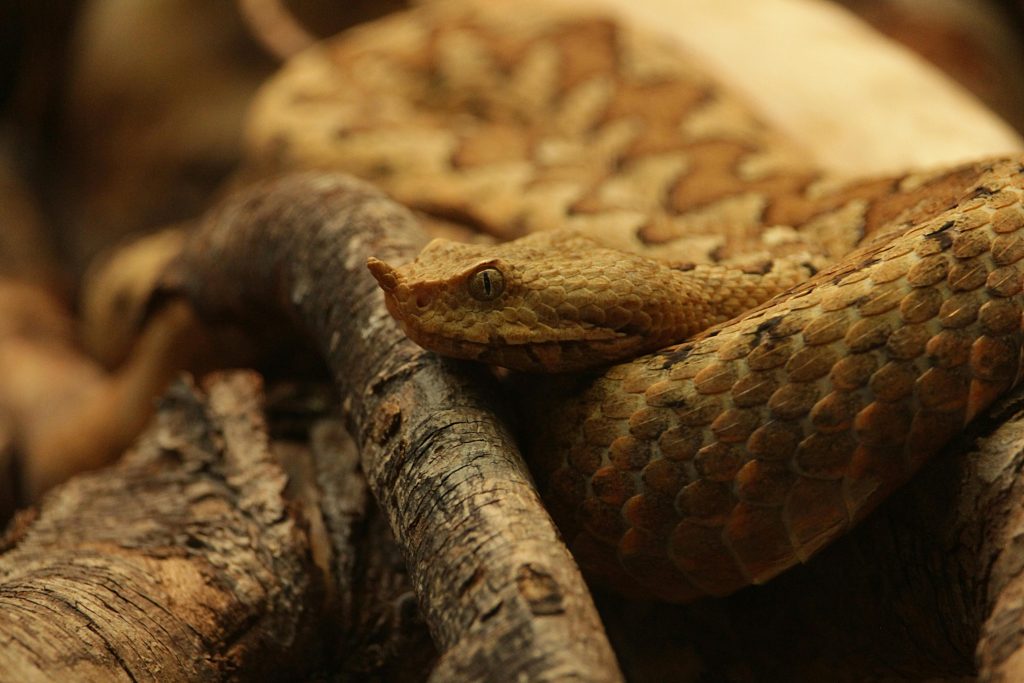
Understanding Defensive Behavior in Snakes
Before attempting to handle a grumpy snake, it’s essential to understand why they behave defensively. Snakes are prey animals in the wild, and their primary instinct is to avoid danger. When they feel cornered or threatened, they may exhibit defensive behaviors such as:
- Coiling up tightly: This makes them feel more secure and prepares them to strike if necessary.
- Focusing intensely on you: If the snake’s head follows your movements, it’s a clear sign that it feels threatened.
- Striking or hissing: These are warning signs that the snake wants to be left alone.
It’s important to remember that these behaviors are not acts of aggression but rather survival instincts. By understanding this, we can approach the situation with empathy and patience.
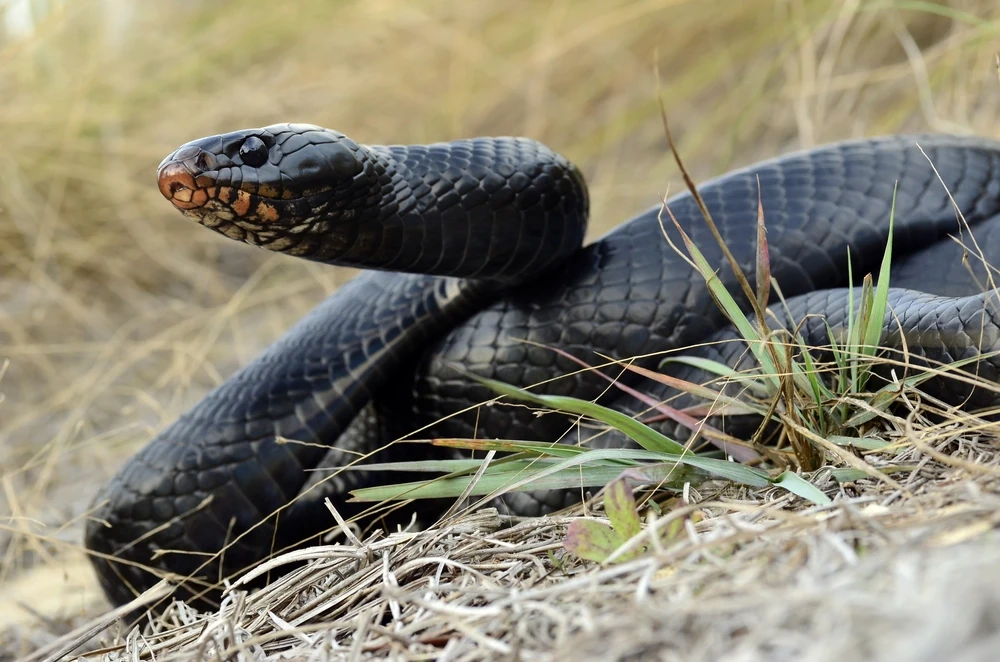
Tools for Safer Handling
While handling a snake with your hands is possible, using the right tools can make the process safer and less stressful for both you and the snake. Here are some essential tools to consider:
- Snake Hook: A snake hook is a versatile tool that allows you to gently guide your snake out of its enclosure without directly grabbing it. This minimizes stress and reduces the risk of a defensive strike.
- Gloves: While not always necessary, gloves can provide an extra layer of protection if you’re nervous about being bitten.
- Tongs or Feeding Tools: These can be used to distract the snake or move objects within the enclosure without putting your hands directly in harm’s way.
If you don’t have these tools on hand, don’t worry—we’ll also cover how to handle a snake safely using just your hands.
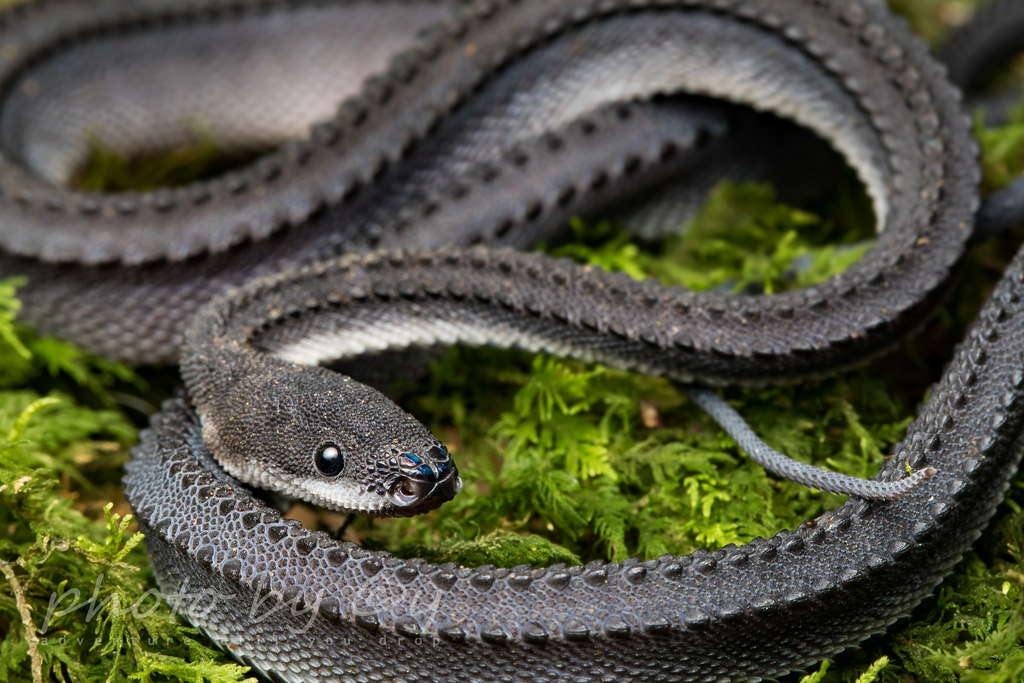
Step-by-Step Guide to Handling a Grumpy Snake
Handling a defensive snake requires patience, confidence, and the right technique. Follow these steps to minimize stress and avoid bites:
Stay Calm and Confident
Snakes are highly sensitive to your energy. If you’re nervous or hesitant, your snake will pick up on that and may become more defensive. Take a deep breath, approach the enclosure calmly, and move with steady, deliberate motions.
Encourage Movement
A coiled snake is harder to handle because it feels trapped and may strike out of self-defense. Instead of grabbing the snake directly, try to encourage it to move. Gently tap the enclosure or nudge the snake with a tool (like a snake hook) to prompt it to explore.
Distract and Approach from the Side
Use your non-dominant hand to distract the snake while positioning your dominant hand for handling. For example, you can gently wave your hand near the snake’s head to redirect its attention. This gives you a brief window to safely pick it up from the side or behind.
Avoid Sudden Movements
Once the snake begins to move, it’s much easier to handle. Gently hold it by the tail or mid-body, ensuring its head remains free to move naturally. Avoid squeezing or restraining the snake too tightly, as this can increase its stress levels.
Be Patient and Gentle
Building trust with a grumpy snake takes time. Allow the snake to adjust to your touch and realize that you’re not a threat. Over time, even the most defensive snakes can learn to trust their handlers.
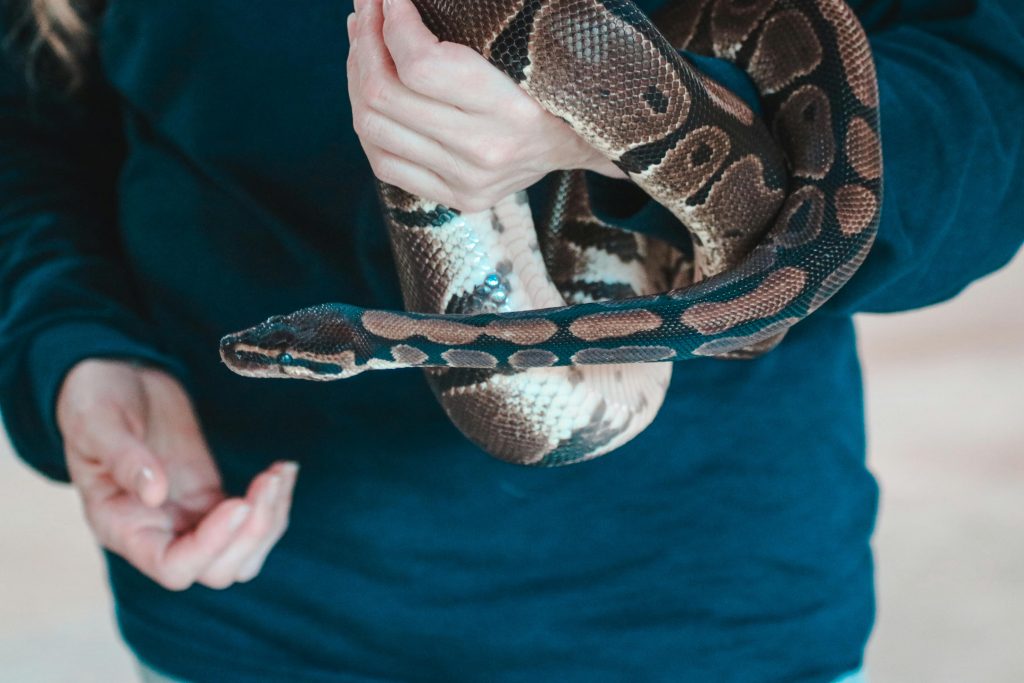
What to Do If You Get Bitten
Even with the best techniques, there’s always a chance of being bitten when handling a defensive snake. However, most pet snakes (like corn snakes or ball pythons) have small teeth that rarely cause significant harm. If you do get bitten, follow these steps:
- Stay Calm: Avoid pulling your hand away, as this can cause more damage. Instead, gently support the snake until it releases its grip.
- Clean the Wound: Wash the bite area thoroughly with soap and water to reduce the risk of infection.
- Monitor for Signs of Infection: Keep an eye on the bite area for redness, swelling, or discharge. If any of these symptoms occur, seek medical attention.
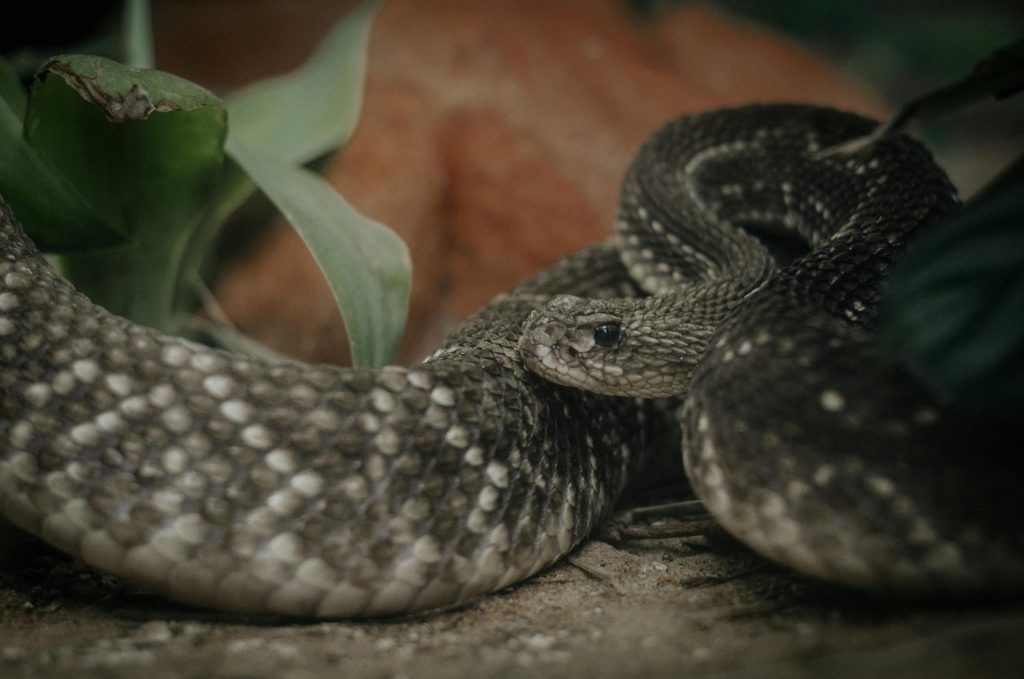
Building Trust with Your Snake
Consistent and calm handling is key to building trust with your snake. Here are some tips to help your snake feel more secure:
- Handle Your Snake Regularly: Regular, gentle handling helps your snake get used to your presence and touch.
- Respect Your Snake’s Boundaries: If your snake seems stressed or defensive, give it some space and try again later.
- Create a Comfortable Environment: Ensure your snake’s enclosure is set up correctly with proper temperature, humidity, and hiding spots. A comfortable snake is less likely to be defensive.
Over time, your snake will learn to associate you with safety rather than danger, making handling easier and more enjoyable for both of you.
Common Mistakes to Avoid
When handling a grumpy snake, it’s easy to make mistakes that can escalate the situation. Here are some common pitfalls to avoid:
- Grabbing the Snake Abruptly: This can startle the snake and trigger a defensive response.
- Handling During Shedding: Snakes are more sensitive and irritable when they’re shedding. Avoid handling them during this time.
- Ignoring Warning Signs: If your snake is hissing, striking, or coiling up tightly, it’s best to give it some space.
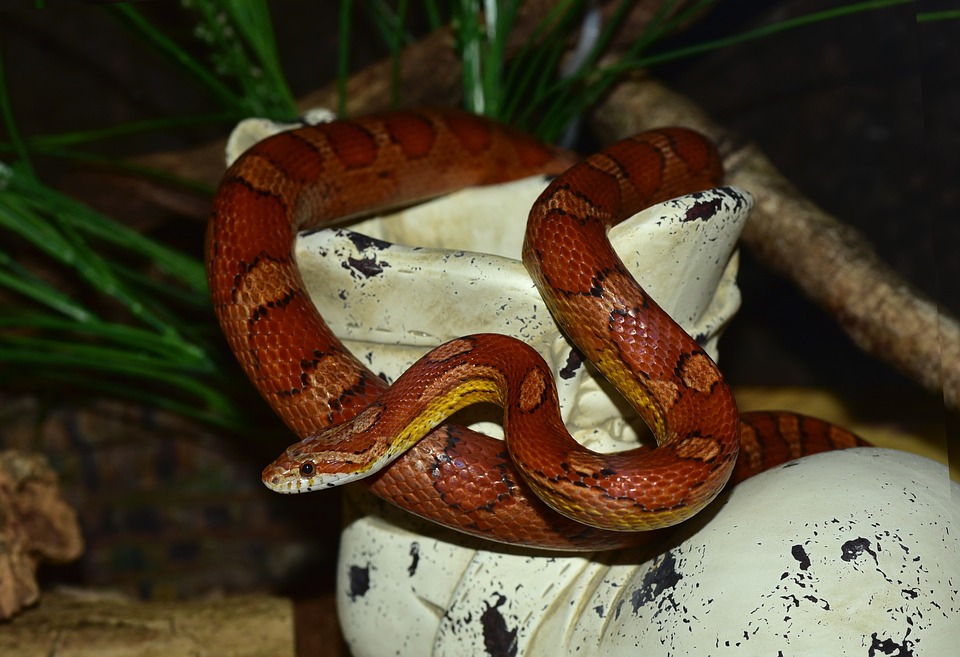
Final Thoughts
Handling a grumpy snake doesn’t have to be a daunting task. By understanding your snake’s behavior, using the right tools, and practicing patience, you can safely handle even the most defensive snakes. Remember, every interaction is an opportunity to build trust and strengthen your bond with your pet.
We hope this guide has provided you with the knowledge and confidence to handle your snake safely. If you have any questions or experiences to share, feel free to leave a comment below.
For more reptile care tips and reviews, stay tuned to our blog and don’t forget to subscribe to our newsletter! 🐍

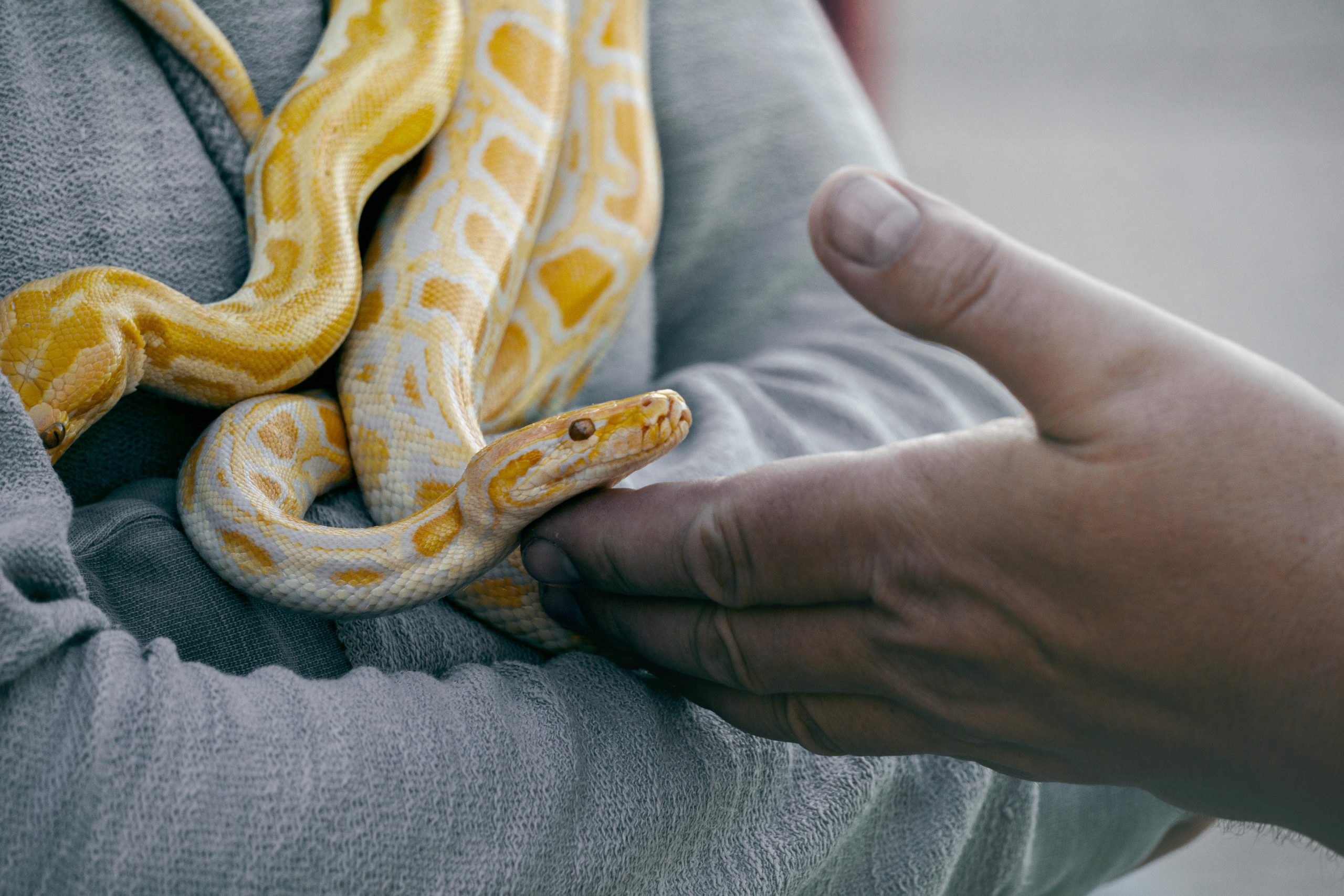

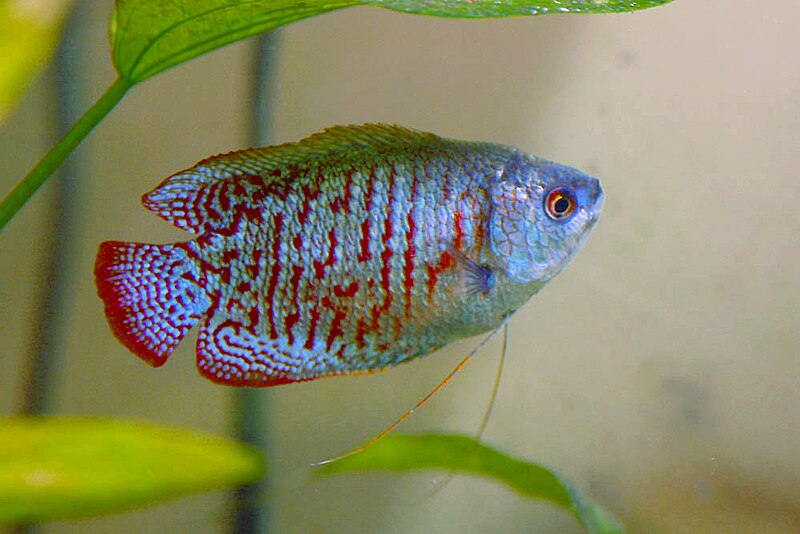

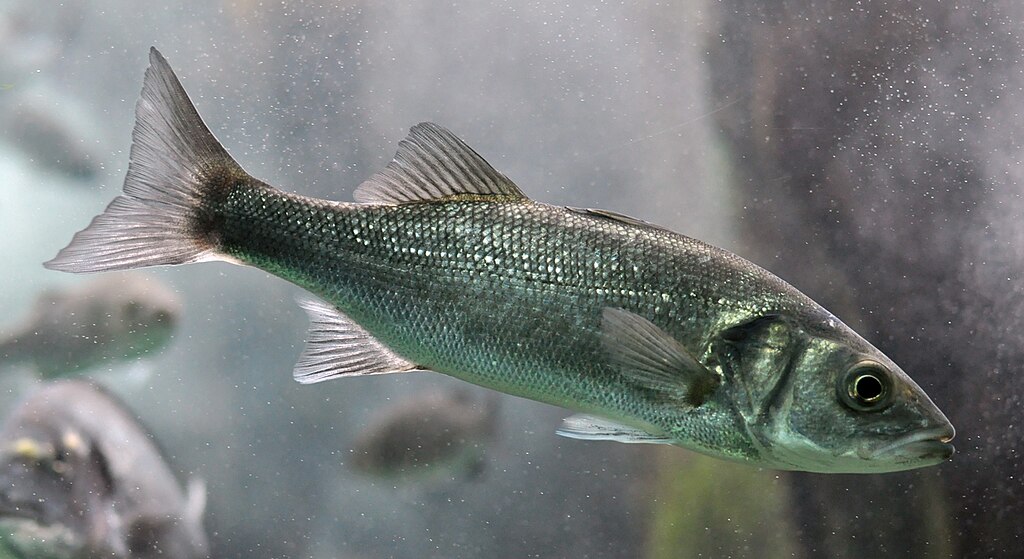

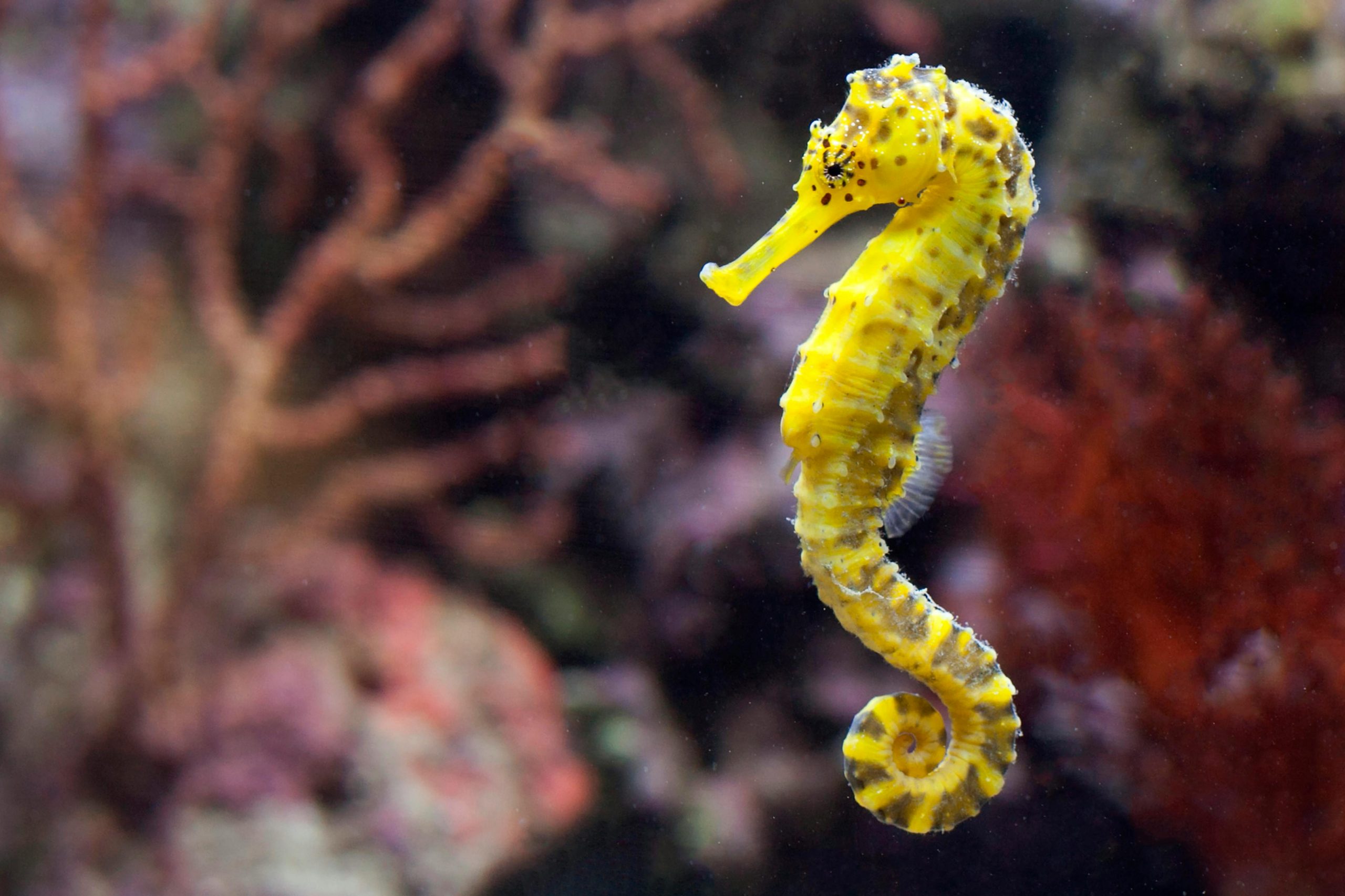
Leave a Reply